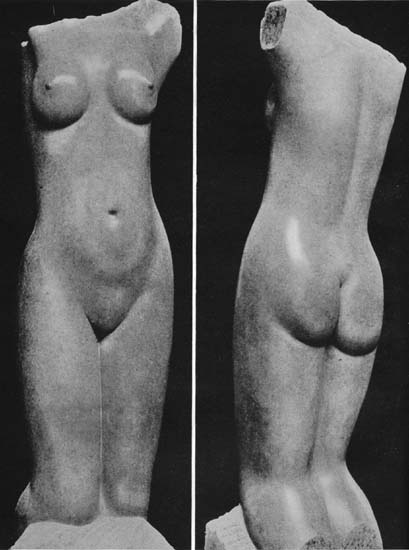Jacob
That's a real beauty! I took the time to read some of your older posts yesterday evening (I know, I need to get out more) and one thing struck me. Would I be right in assuming you would call yourself a "Joiner" and a good one from what I can see. That's not a put down, I am and I love it! I think
nearly every post you put out there is spot on from a joiners perspective.
The spoke shave post example was a good one, your Chinese brand shave was working well on your redwood stair string (I guess that's what it is).
Would you ever concede that if the work was much finer a better quality tool could be called for? For instance if instead of a stair string you were making one of these
http://www.finefurnituremaker.com/bespo ... niture.htm leaving aside if you like the design or if you would like to make it.
I often feel concerned that your are so full on with your opinions that a really good message get's lost. I think your message is reflective of the woodworker you are and you equip yourself appropriately for your work. If you are a shuttering carpenter it's unlikely you would want a paring chisel and an infill plane and if you were a pattern maker a lump hammer and a hardpoint saw might not be quite the ticket.
I hope you don't take this the wrong way but I often feel a good point is often lost by trying to push a certain type of tool, in that respect you seem no different than the "gurus" and the "novelty plane makers" you hate. That's just the vibe i got from the old posts.
Your chisel preparation is perfectly fine for a joiner but would you expect a pattern maker to do the same?
Please feel free to throw this back in my face as I can appreciate it's not really any business of mine. I just worry that a skilled joiners valued opinion can sometimes be lost in the haze of combat.






































